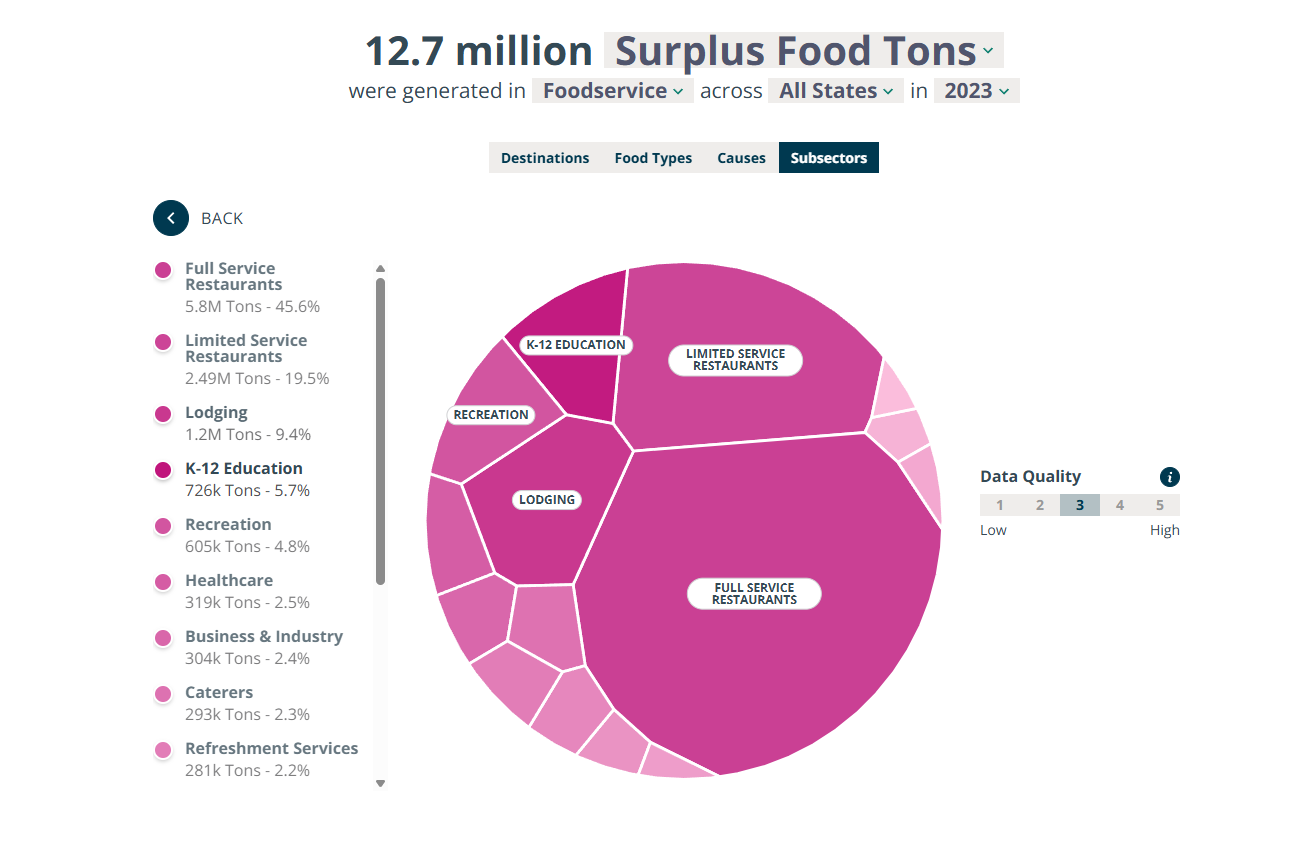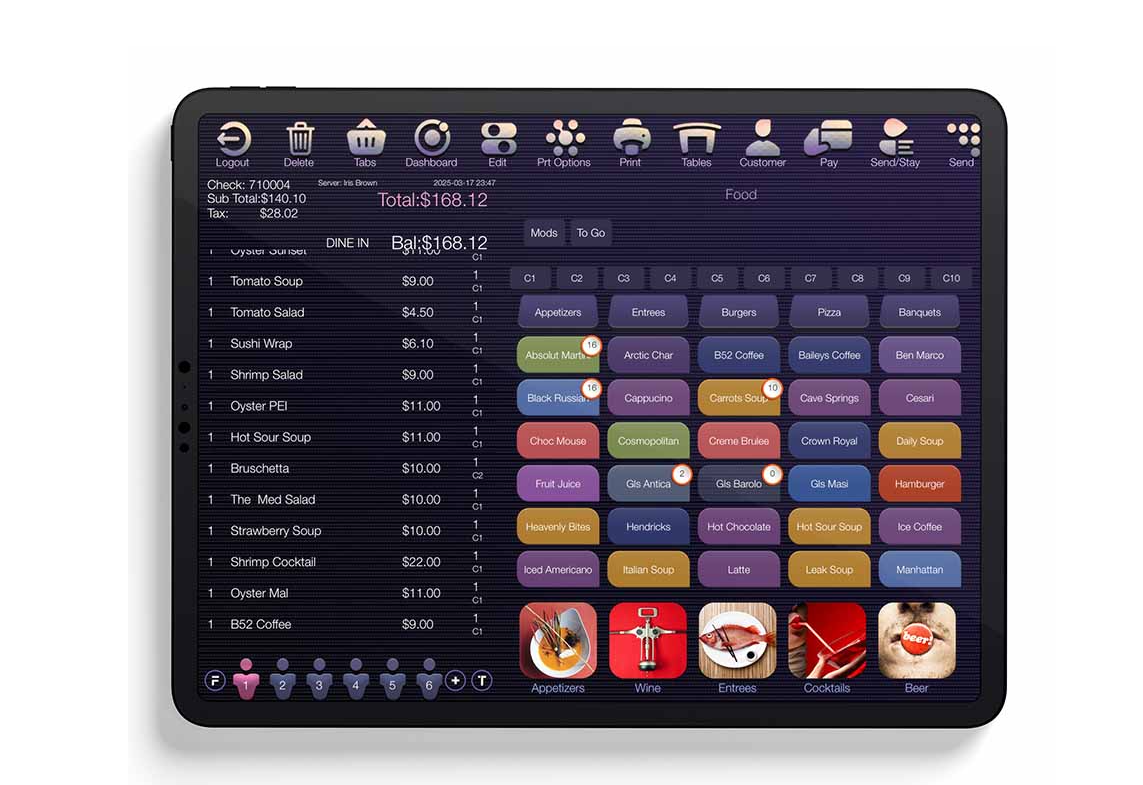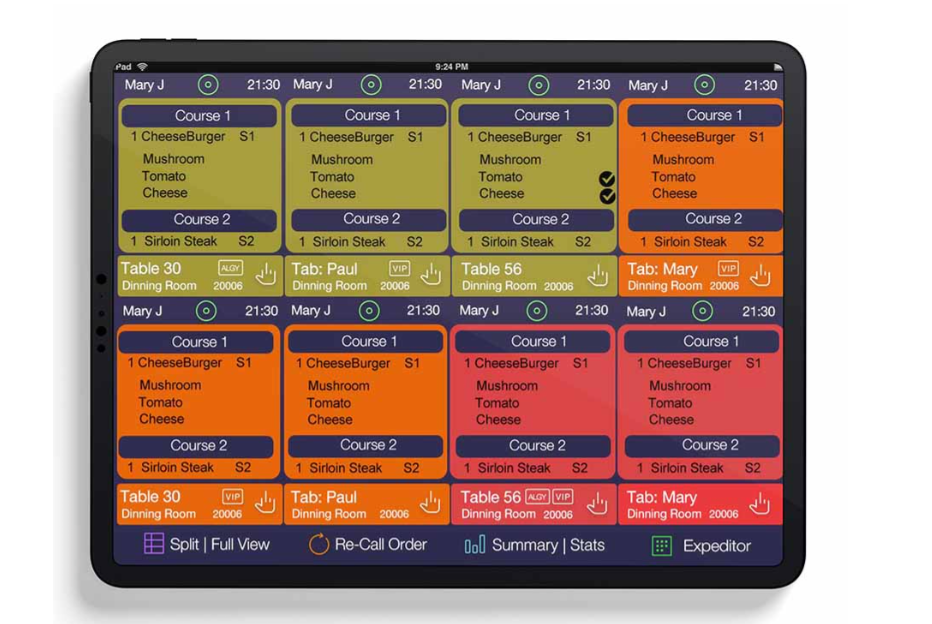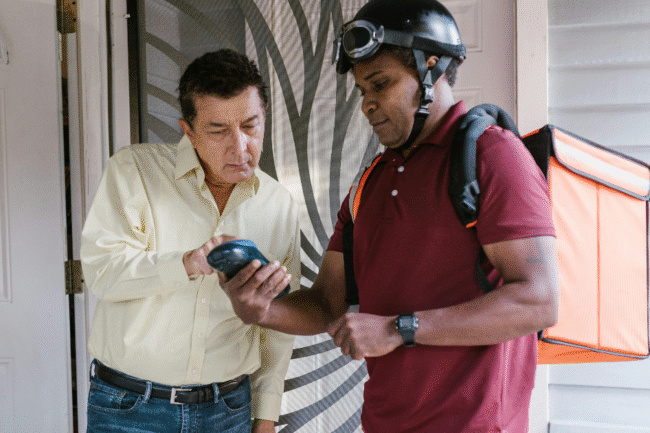Restaurants play a big role in the amount of food being sent to landfills everyday. In fact, the United Nations Environment Programme estimates that if food waste was a country in terms of greenhouse gas (GHG) emissions, it would come behind only the United States and China.
That’s about 1.3 billion tonnes each year, and in American landfills, food waste is the largest single contributor with 21% of the waste stream in 2016.
By 2023, food waste hit 31% with 72 million tonnes wasted. . .

. . .of which the food service industry contributes almost 13 million tonnes.

But we also have to consider non-food waste if we’re to understand how to make restaurants more sustainable. Afterall, a 2020 World Bank study revealed that paper and cardboard alone are the second highest type of municipal solid waste.
The good news is, contrary to what some of you may think, working on sustainability for your restaurant doesn’t mean running at a loss. In fact, it’s exactly the opposite (see “The Case For Sustainable Restaurants From A Money Perspective” below).
This article highlights exactly the methods to employ that will enable you create a more sustainable business/brand while making more money, through:
- Incorporating new technology (exceptional POS options, for example)
- Inventory management and business analytics
- Strategic partnerships for recycling and donations
- and more
How (and why) to Make Restaurants More Sustainable
The first thing we need to demystify is the word, “sustainable”.
Somehow, there may be a connotation that the word only means going green; and going green may not sound profitable to you as a restaurant or business owner.
Sustainability aims to impact the triple bottom line of your restaurant positively – profit, people, and the planet.
The Case For Sustainable Restaurants From A Money Perspective
The triple bottom line may sound like more responsibility (and it is), but learning how to make restaurants more sustainable really is learning how to be more profitable.
In fact, the WRI (World Resources Institute) and WRAP (Waste and Resources Action Programme) carried out rigorous studies on this. Researchers from both organizations evaluated cost and benefit data for 1,200 business sites across 700 companies in 17 countries and discovered that about 50% of those businesses gained $14 for every dollar spent on avoiding food waste alone.
Imagine how lopsided the returns would be in the capital of food waste, the hospitality industry.
Now, let’s look at 7 tips to convert that 40% and learn how to make your restaurant more sustainable.
And we’re going to look at these tips in three stages of your restaurant’s workflow: prevention, recovery, and recycling.
Prevention
Before you even have to think of recycling, let’s look at how to make restaurants more sustainable with preventive techniques.
#1 - Invest in a Unified Restaurant POS System
The most direct benefit of a POS system is reducing paper waste, which, as we’ve already established, is also a big part of non-food waste.
For example, two contributors to paper waste include:
- The Menu – including the potential reprinting of the menu with newer additions or potential errors in the previous one.
- The Receipts – which not only creates waste on the customer end, but also on the business end.
If your restaurant employs the use of a unified POS system like AireusPOS, for instance, you get both the ability to create a customisable menu that customers will love. And you get to make as many changes as you want. . .

. . .and you also get a smart iPad KDS solution to eliminate the use of paper receipts.

Now that actually leads us to our next tip.
#2 - Prioritize Smart Inventory Management
It’s a no-brainer that managing your inventory properly, helps avoid waste, especially in terms of your orders for meal preparations.
And while it is possible to do it the old-fashioned way, if business is looking good, it can get cumbersome.
Staff could be left going through piles of receipts at the end of an already tedious day.

But this is where having a unified POS system like AireusPOS makes things easier. Because after tracking orders on an intuitive interface like this. . .

. . .the AireusPOS system, integrated with the CloudPOS solution, updates your inventory in real-time.
#3 - Create Ideal Portion Sizes and Customised Dishes
The size of the meal and the type of meal served can determine the amount of waste that your restaurant will incur.
Why?
Well first of all, plate waste in America was responsible for about 70% of all surplus food produced in 2023.

And about 80% of that surplus ended up in landfills, where during the process of decomposition, released GHGs (GreenHouseGases) like methane that worsen the climate change crisis.

So by simply reducing portion sizes in your menu, you potentially prevent: wasting money spent on food (profit), adding more GHGs to the atmosphere (planet), and consequently, create a safer environment for everyone (people).
Recovery
So the deed has already been done and you need to make adjustments to your workflow so that the waste in the system can be phased out.
Here’s how:
#4 - Practice Digital Waste Tracking
Although some foods are more likely to be binned than others as we already established, experiences often vary from location to location.
So it’s important that you track your own waste. And the AireusPOS Core Reports solution makes it easy to track where these may occur – front of house (foh) or back of house (boh).

#5 - Elevate Tracking With Analytics
For certain pain points, you need something more granular and thorough in terms of analytics.
For example, how much would you pay if you always had the perfect response for a loyal customer when they don’t know what to order and ask you to make a recommendation?

Because that would almost certainly reduce plate waste.
#6 - Donate Excesses
Plate waste not caught in the preventive phase is almost entirely resolved when you donate surplus food.
In 2023, Americans threw in the sewer and incinerated almost double what they donated (which was just 2.4% of all surplus food).

Partnering with a local food bank or shelter makes the process easy. And it probably also elevates the value of your brand in the eyes of customers. As reported by a Unilever study, for example, 72% of U.S. diners care about how restaurants handle food waste, and 47% would be willing to spend more to eat at a restaurant with an active food recovery program.
That leads us to our last tip on how to make restaurants more sustainable.
Recycling
One of the best ways to recycle waste for your restaurant business is composting.
Particularly because it works for food waste (which is the bulk of it) but also for some non-food waste like paper and even cardboard.
Unfortunately, composting is not practiced by many globally. In fact, a 2018 EPA report showed that only 4.1% of wasted food was composted.
But besides composting, you can recycle through converting food waste to animal feed, recycling cooking oil to biodiesel, and recycling packaging.
Let’s look at the best way to handle the recycling phase for how to make restaurants more sustainable.
#7 - Create Smart Partnerships for Recycling
It’s very likely that you don’t know anything about composting, or you don’t have a vertically integrated business with a farm that could make it easy to use waste as feed.
It’s even more unlikely that you know how to convert cooking oil to biodiesel.
So, forming partnerships with farms and programs that do these things will save you a lot of time and, depending on the program, bring in some profit.
If your restaurant has difficulty getting back packaging materials (perhaps ordered as takeout), you can increase the probability of customers returning these materials by offering some sort of discount for returns made through Aireus Gift and loyalty card solutions, for example.
Afterall, customers prefer to eat where waste is properly handled, plus, you’re making more by being more sustainable, remember?






